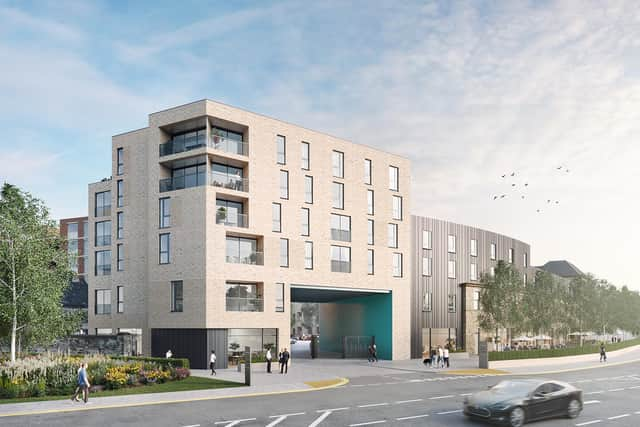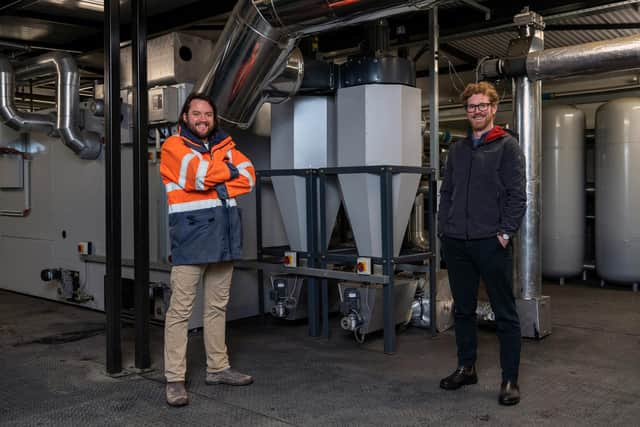Hot potato: how waste from tattie peelings is generating heat for plush new homes


The new Linen Quarter is made up of a mixture of new-build and converted homes in the A-listed former Pilmuir Works in Dunfermline.
The scheme has become the largest private development to join the town’s innovative district heating system, which provides energy from renewable sources.
Advertisement
Hide AdAdvertisement
Hide AdDunfermline District Heating System was launched in 2010 and is run by Fife Council.


It serves a mixture of residential, leisure, social and retail properties in the town, with revenue generated bringing economic and social benefits to the local area.
Its power source is Dunfermline Recycling Centre, with heat generated primarily from degrading landfill waste - boosted by a wood chip boiler in winter - supplying a network of underground pipes carrying hot water.
For the Linen Quarter to link up to the system required drilling under pressure into the “hot tap” - a procedure requiring specialist expertise.
As a result, residents will benefit from heating that is primarily sourced from 100 per cent local eco-friendly energy.
Day to day benefits of the connection include reduced energy bills and lower system maintenance costs.
It also ensures that the properties deliver on renewable energy targets without the need to install PV-solar panels, which would have been unviable on the A-listed part of the development.
District heating also has a key role to play in the Scottish Government’s target to see the heating sector largely emissions-free by 2045.
Advertisement
Hide AdAdvertisement
Hide AdDan Multon, director with Byzantian, the heritage developer behind the project, said: “This is a milestone moment for the Linen Quarter and a clear indicator that Scotland is moving to renewable energy sources.
“The benefits of this scheme are substantial, for residents, the environment and the wider Fife economy.
“It demonstrates that the Linen Quarter is something different, the regeneration of Scotland’s industrial heritage and the movement towards carbon-neutral development, a first for private residential development in Scotland.”
Jonathan Coppock, mechanical engineer with Fife Council, said: “The Linen Quarter is a valuable addition to the Dunfermline Community Energy Scheme and helps towards achieving Scotland’s ambition to decarbonise heat.”
A message from the Editor:
Thank you for reading this article. We’re more reliant on your support than ever as the shift in consumer habits brought about by coronavirus impacts our advertisers.
If you haven’t already, please consider supporting our trusted, fact-checked journalism by taking out a digital subscription. Visit https://www.scotsman.com/subscriptions now to sign up.
Comments
Want to join the conversation? Please or to comment on this article.